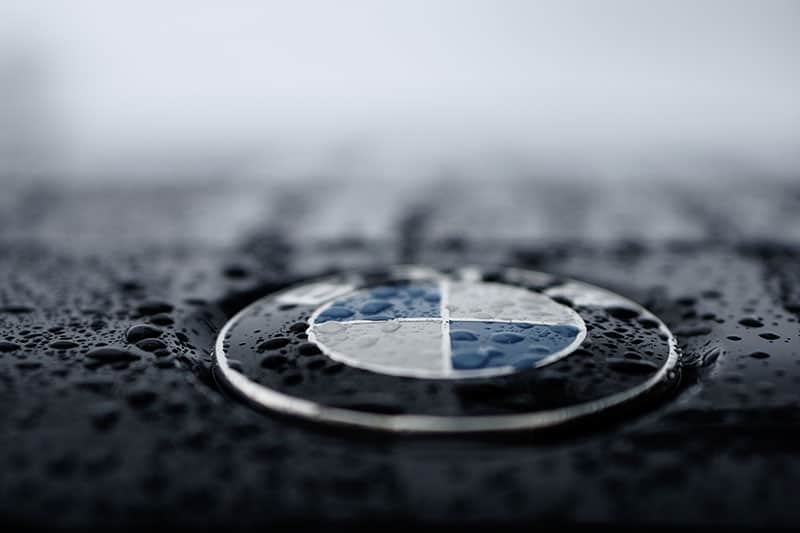Click here to get this post in PDF

In 2011, on ITV’s This Morning, a Nescafé coffee machine was featured on an episode. This may seem insignificant, however, the inclusion of this went beyond Eamonn Holmes simply being able to drink flat white coffees. This moment was the first-ever introduction of product placement on British television. A ban had been lifted championed by Church leaders and doctors across the country — however, there are still rules and regulations; the BBC is prohibited from using product placement due to being funded by the license fee. When other channels use product placement, they must display a mandatory ‘P’ for viewers. Certain things like junk food, alcohol, cigarettes, and gambling cannot be promoted.
Nine years on from the ban, now Coronation Street show staple brands like Co-Operative shopping bags and Costa, with Emmerdale residents eating a lot of McCain chips. Despite the fact broadcast regulator, OFCOM doesn’t keep data in regard to the amount of viewing hours dedicated to product placement, it is easy to see the impact the marketing concept has had. Back in 2015, ITV admitted that since the ban had been lifted, they had scheduled more than 4,000 hours of programming which involved product placement.
Although product placement is subject to much criticism, a survey conducted by TRP Research in 2018, discovered that only 27 per cent of viewers had noticed it. 67 per cent said they don’t mind the marketing strategy if they do recognise it, while, one respondent noted, “I don’t mind it— it makes the programme more real and relatable”.
Ranging from chocolate bars to luxury cars, here, we take a look at product placements position in the modern media, examining costs versus worth for businesses.
GoldenEye, The Italian Job, Mission: Impossible
As well as some of the best movie scenes of all time, these films have a common denominator — the BMW brand. Pierce Brosnan, Mark Wahlberg, and Tom Cruise all negotiated some fairly unbelievable tasks at the helm of a vehicle produced by the German manufacturer, who, similarly, build the popular BMW 3 Series.
Although featuring the Aston Martin up until 1995, Bond swapped for a luxury BMW. Many saw the Bavarian company’s investment of $3 million a risk —if the movie release was to be delayed, the featured Z3 would be an outdated concept. But, their gamble paid dividends and returned approximately $240 million in sales. Not only did profits rise like Bond’s passenger ejector seat, the brand built successfully built upon an already distinguished reputation.
Film critic Stephanie Zacharek commented on the remake of The Italian Job in 2003, “the real start of The Italian Job is not a person but a car”. After providing more than thirty different Minis, to whom BMW is the owner, the final scene of the movie, one of the most exhilarating car chases to come out of Hollywood, which featured three different coloured models, BMW’s sales increased 22 per cent the following year.
Stranger Things
Stranger Things, the US Netflix show was popular in 2019. Despite a gripping plot and undeniably talented acting delivered through the show’s young cast, viewers were quick to point the sheer multitude of brands which featured. In a report generated by Concave Brand Tracking, it was estimated that the brand placement included in the third series was worth more than $15 million. The top ten visible labels were:
- Reebok
- 7-Eleven
- Burger King
- Coca-Cola
- Cadillac
- Chevrolet
- Adidas
- Casio
- Pentax
- Sharp
Due to the huge fanbase of Stranger Things and the cheap cost of advertising on Netflix, Dominic Artzrouni, director of Concave, suggests “the ROI numbers are making brands very happy”. Artzrouni goes on to draw upon the fact none of the products which are referenced was paid for by third parties and is all part of the show, which regularly calls upon ‘80s consumer culture.
Love Island
Back in the summer when Love Island was aired every day, the show successfully established itself as a brand in itself. It should come as no surprise that a host of companies have invested heavily to get their own slice of the reality pie.
According to Kantar Social Media Intelligence, Love Island was the most talked-about programme in 2018 on Twitter. However, not even the producers could have predicted the growth of the show in 2019. 3.7 million people tuned in to watch the first episode on 3rd June. Added to those who viewed the show through ITV Hub, the online streaming service, to the viewing figure came in at 4.2 million — a considerable 1.3 million more than sat down to indulge in it some 12 months previous.
Superdrug, the health supplements and beauty retailer, have been the main sponsors of the show over the last three years in multi-million-pound deals. However, failed negotiations with the high-street store saw Love Island partner up with the app-based takeaway company, Uber Eats. Reportedly, the delivery service paid more than £5m and their investment, despite what may seem financially intensive, makes considerable sense. During the first episode, 18.5 per cent of viewers that were watching TV at the time were watching Love Island. More importantly, for the brands who had invested, which include Lucozade, Ministry of Sound, and Samsung, 57 per cent of the demographic they were targeting that were watching television, 16-24 year old’s, were also tuned in.
Product placement is a significant part of television, however, it’s worth considering whether it destroys the naturality of films and programmes when it is so obvious and overdone.
You may also like: Advertising Trends 2020 Style: This Year’s Best Ways to Market
Sources
https://www.bbc.co.uk/news/uk-12593061
https://blog.hubspot.com/marketing/product-placement-examples
https://www.everydayknow.com/fundraising-slogans/
